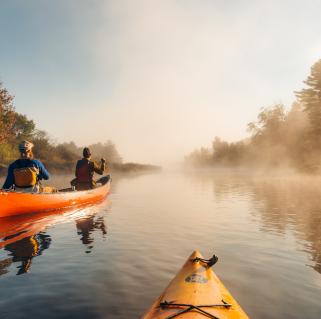Alan Belford
September 03, 2013
I walk on the Bloomingdale Bog Trail throughout the year, but I love to go there for birds in the late summer. It is a good place for finding post-breeding and migrating flocks of birds – particularly warblers – which feed in the brushy edges along the trail. I generally find the south entrance north of Saranac Lake to be the most productive at this time of year, and I’ve been consistently there a few times a week walking Wren in the late afternoon and early evening.
What I find each day varies, but my overall list is growing daily. Yesterday evening was fairly quiet as a line of thunderstorms rolled in, but the marsh at the start of the trail still had a belted kingfisher, and the snags in the bog held the usual cedar waxwings which were actively hawking insects on the wing.
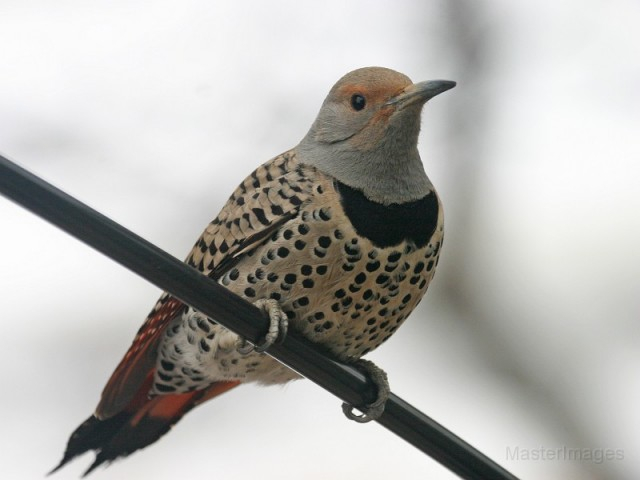
The previous day was more productive when a friend and I took Wren out and found a Lincoln’s sparrow and a swamp sparrow where the trail opens up to the bog. The trail is flooded by beaver work and high water at that point, so most of my walks have turned around there. We also found a few warblers – several yellow-rumped warblers, a common yellowthroat, and a Wilson’s warbler – an uncommon species in the east. The Wilson’s characteristically flipped around constantly – not sitting still at all – and even ended up in a short chase with a cedar waxwing. Last week I had stumbled across a flock of 19 rusty blackbirds in the same place – an exciting find since there is a great deal of concern regarding rusty conservation across their range. I returned the following day with my camera in the hopes of getting a few photos of the rustys, but they were gone. Such is life when you are trying to take photos of wildlife.
Despite my success where the trail meets the bog, I generally find more birds near the start of the trail, along the edge of the marsh and in the thick shrubs which surround the path. One day last week as I hiked out I found a Canada warbler as well as black-throated green, yellow-rumped, and common yellowthroat mixed in with black-capped chickadees. On my way back to my car I lucked into a flock of about 20 Nashville warblers and I proceeded to pick through them to see if there were other species in their midst. In that way I found magnolia, black and white, black-throated green, and blackburnian warblers mixed in. On other days I found American redstart and black-throated blue warblers.
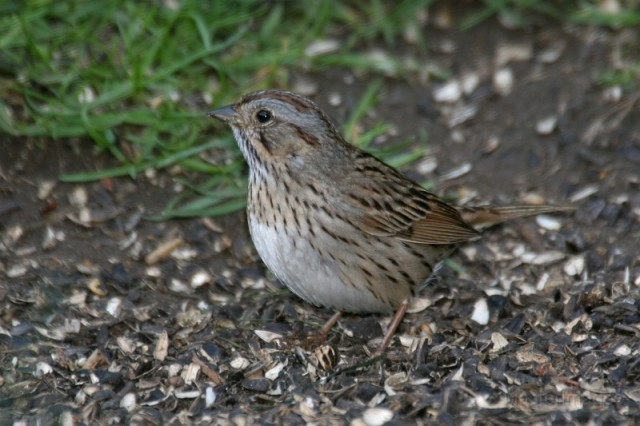
These late summer flocks are fun because they vary so much in composition, and as I mentioned in my recent post about my yard at home, you can find them almost anywhere at this time of year. Last week I was working on private land in Saranac Lake and found a flock of 8 species of warblers which included Tennessee and mourning warblers – two species which tend to be trickier to find. But the waves of warblers won’t last forever and the birds will soon be heading south. So I’ll be out again today, excited to see what I’ll find.
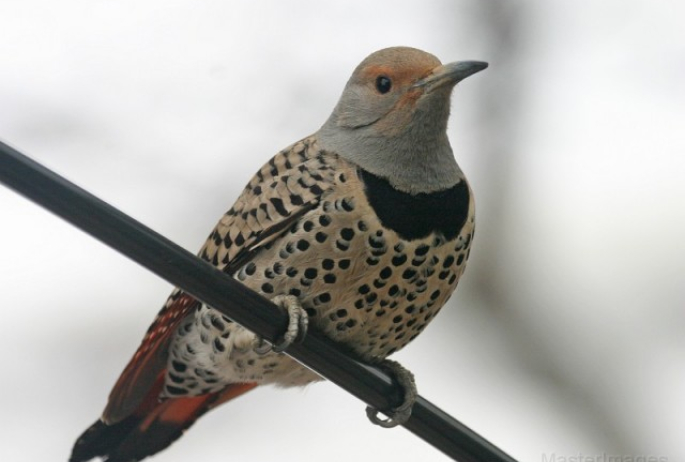
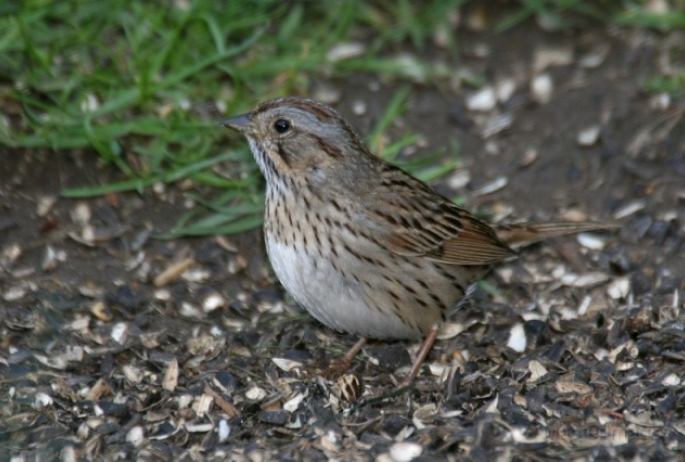
Packages and Promotions
Valid Jan. 21
- Jan. 21
Valid Jan. 21
- Jan. 21
Pet Getaway
Voco Saranac Lake
Your dog deserves an Adirondack getaway too. Book our pet friendly hotel near Lake Placid welcomes every member of your crew. Book our Pet Package...
Valid Dec. 1
- Dec. 1
Valid Dec. 1
- Dec. 1
Linger Longer in Saranac Lake
Best Western Saranac Lake
Linger Longer in Saranac Lake at our supremely located property, Best Western Saranac Lake. Stay 2 nights or more and get 15% off!
Valid Jan. 16
- Mar. 31
Valid Jan. 16
- Mar. 31
Hotel Saranac Sled & Spoke Package
Hotel Saranac
Snowmobile Package Hotel Saranac and Sara-Placid Sled & Spoke have partnered so you and a guest can explore dozens of miles of ADK snowmobile...
Valid Jan. 21
- Jan. 21
Valid Jan. 21
- Jan. 21
Stay and Dine
Voco Saranac Lake
Receive a 50 dollar credit per stay to use in our Boathouse Saranac Lake Pub. Enjoy an exceptional dining experience with unparalleled views great...
Valid Jan. 16
- Mar. 31
Valid Jan. 16
- Mar. 31
Hotel Saranac Ski & Stay Package
Hotel Saranac
Stay & Ski Package Stay at Hotel Saranac and Ski Titus Mountain Day or Night Package Your room reservation includes one adult lift ticket....
Valid Jan. 21
- Mar. 31
Valid Jan. 21
- Mar. 31
Titus Mountain Ski Package
Voco Saranac Lake
Enjoy your stay at the award winning voco Saranac Lake which includes two adult lift tickets at Titus Mountain Family Ski Center. Additional...
Valid May. 1
- Oct. 31
Valid Dec. 6
- Nov. 1
Zip and Whip Expedition
Farmhouse UTVs
Experience Outdoors and Farmhouse UTVs have teamed up to bring your family and friends the Adirondack adventure you've been waiting for....
Valid Jun. 20
- Sep. 7
Valid Mar. 12
- Jun. 30
Guided Nature Immersions - 10% off for Pre-Season Registration
Adirondack Riverwalking & Forest Bathing
Picture it now...you are wading the Ausable River on a warm summer day, feel the cool water against you, hear the sounds of the birds and the...

